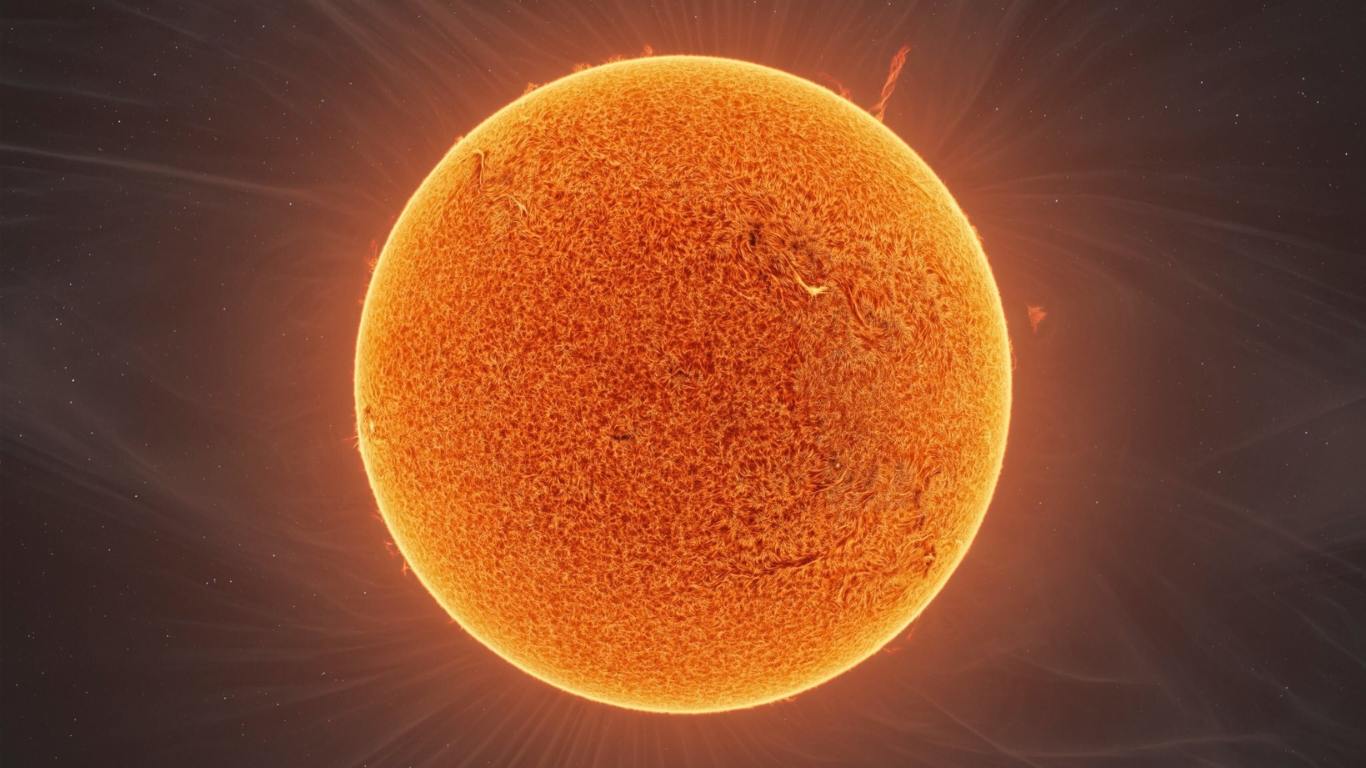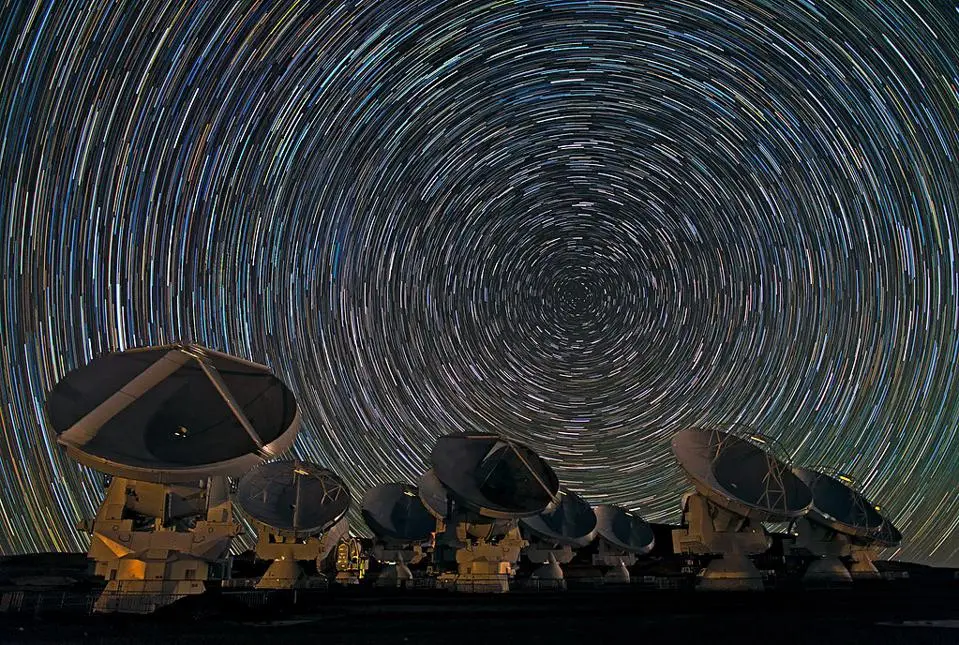The sun is the heart and soul of our solar system. It’s a massive, luminous sphere of plasma primarily composed of hydrogen and helium. Its gravitational pull holds the planets, asteroids, and comets in orbit.
A Closer Look
- Size and Distance: The sun is a G-type main-sequence star, often informally called a yellow dwarf. It’s about 109 times the diameter of Earth and is approximately 93 million miles (150 million kilometers) away from our planet.
- Temperature and Energy: The sun’s core reaches temperatures of millions of degrees Celsius, where nuclear fusion occurs. This process converts hydrogen into helium, releasing immense amounts of energy in the form of light and heat.
- Solar Activity: The sun’s surface, called the photosphere, is marked by sunspots, which are cooler, darker areas. Solar flares and coronal mass ejections are powerful bursts of energy that can disrupt Earth’s magnetic field and technology.
- Impact on Earth: The sun’s heat and light are essential for life on Earth. It drives weather patterns, ocean currents, and the cycle of water. However, excessive solar activity can also cause problems, such as radio blackouts and satellite disruptions.
Exploring the Sun
Scientists have studied the sun for centuries, using telescopes and spacecraft to observe its behavior. The Solar Dynamics Observatory (SDO) and the Parker Solar Probe are just a few of the missions that have provided valuable insights into our nearest star.
Would you like to learn more about a specific aspect of the sun, such as its formation, its role in climate change, or the potential for solar energy?



